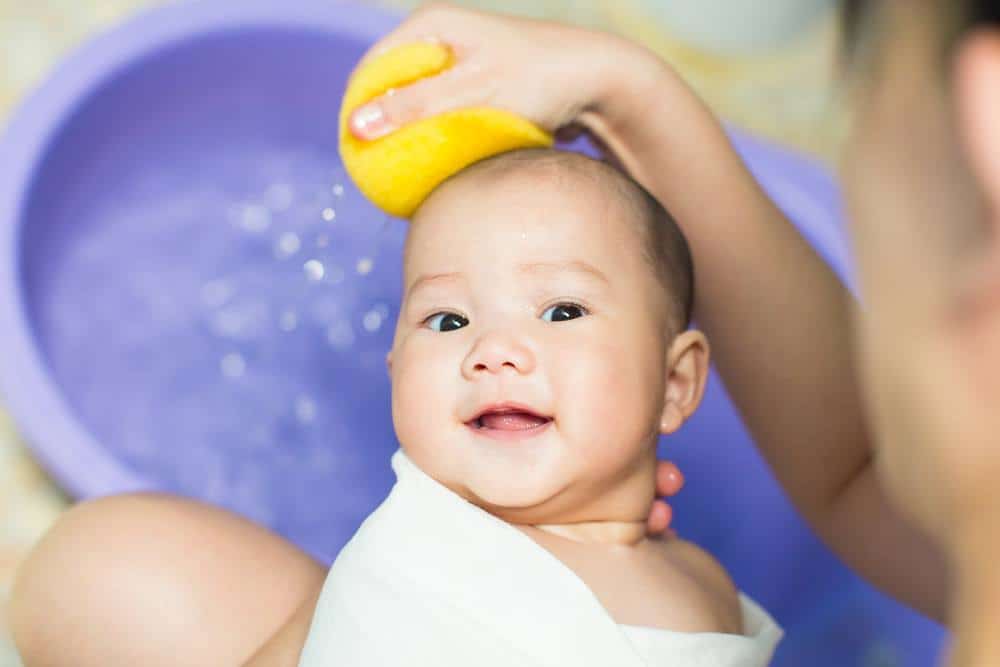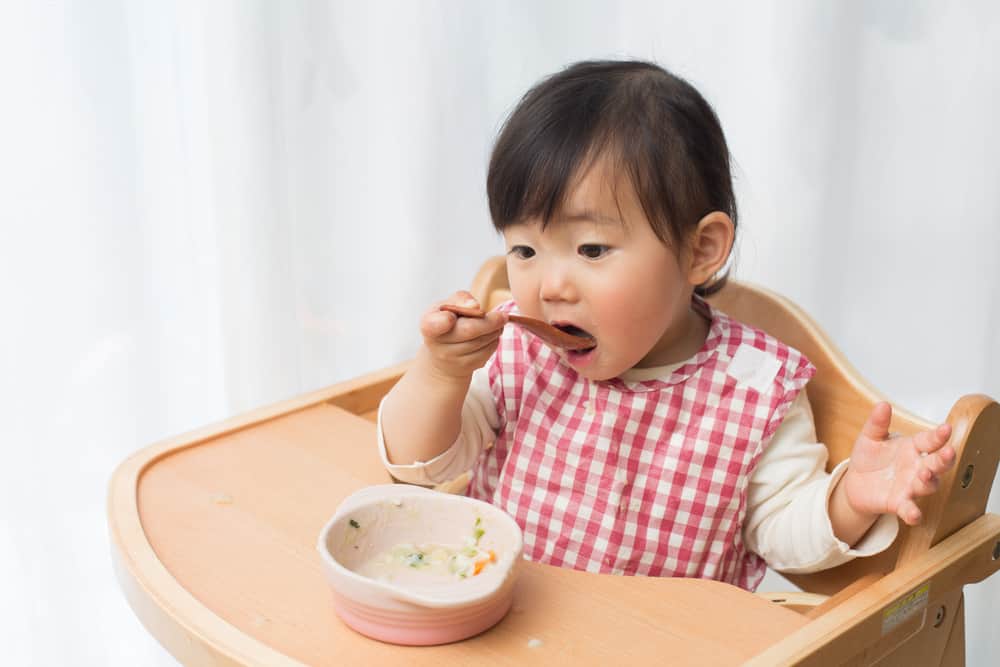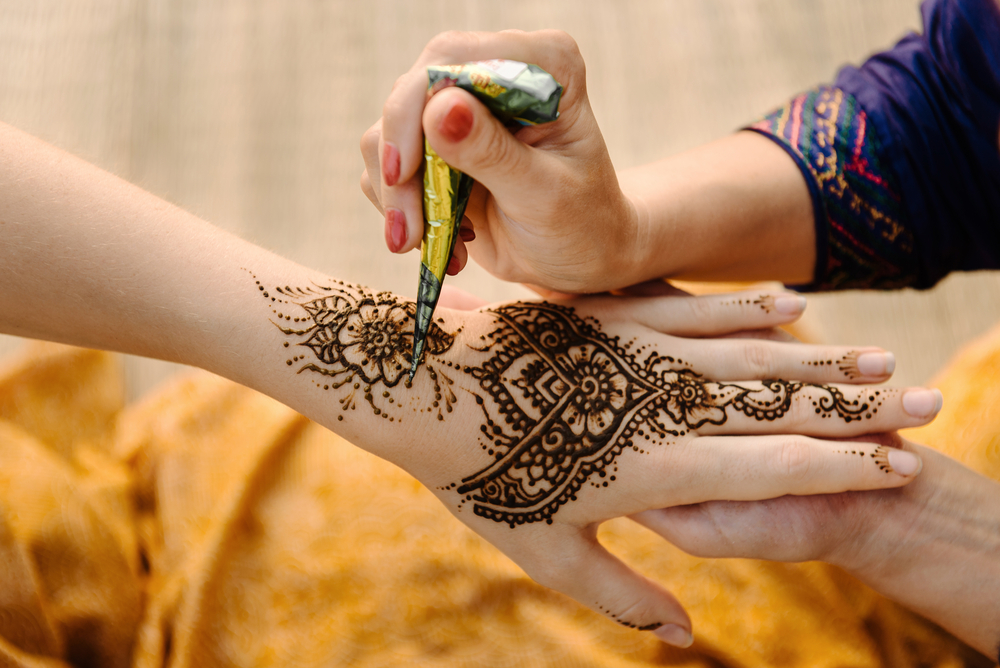Contents:
- Medical Video: 4 Month Old Baby Typical and Atypical Development
- What is a cradle cap?
- Causes of crust on the baby's head
- Signs and symptoms of crust on the headbaby
- Easy way to deal with crust on the baby's head
- What if the crust on the baby's head doesn't go away?
Medical Video: 4 Month Old Baby Typical and Atypical Development
Babies generally have soft and smooth skin. However, there are also babies who from birth have rough spots or scales on their scalp. In the medical world, this is called seborrheic dermatitis or cradle cap. What causes the crust to appear on the baby's head? Can it be overcome? Read the full information below
What is a cradle cap?
Seborrheic dermatitis is a skin disease characterized by flushing, dryness and flaking. In infants, the cradle cap appears as scaly rash on the scalp. This condition is common in the first three months of the baby's age.
This condition is classified as safe and not contagious. However, the presence of crust on the baby's head sometimes makes hair difficult to grow. However, there is no need to worry because craddle cap usually disappears after one year of age and baby hair will grow again after the crust disappears.
Causes of crust on the baby's head
The cause of seborrheic dermatitis is unknown. However, mthe appearance of the crust on the baby's head is not caused by poor hygiene, bacterial infections, or allergies. Most likely, cradle cap is caused by hormones that move from mother to baby from the womb.
Certain hormones from the mother's body can move to the baby's body during pregnancysebaceous glands of baby's skin work too actively to produce sebum (natural skin oil). This causes the baby's skin to become oily, making it difficult to peel to be replacedwith new skin cells. As a result, these skin cells even accumulate on the scalp.
The crust that builds up on the baby's head can inhibit sweat, so the little onerisk of experiencing skin disorders such as boils, pimples, prickly heat, even abscesses.
Signs and symptoms of crust on the headbaby
In addition to the appearance of the crust on the head of a thick-textured baby, other symptoms of cradle cap may include:
- Oily or dry skin, covered in scales in white, yellow, or dark colors
- Mild redness
- Rarely causes itching
Cradle cap can also appear on other body parts, such as on the face, behind the ears, diaper-covered parts, and the armpits.
Easy way to deal with crust on the baby's head
You can do the following easy ways to overcome the crust on the baby's head:
- Shampoo. Keeping your baby's head clean can be done easily. Clean the baby's head with a baby shampoo and rub it gently using your finger or a clean cloth made of soft to the crusty area. Do this every day or several days a week. Do not rub too hard to prevent infection.
- Combing. After you have finished grinding and the baby's head is still wet, comb the baby's head with a soft brush comb. Then dry with a towel until it is completely dry. Do not force the peel on the baby's head to peel because it can cause infection.
- Use additional oil. Ask your doctor whether you should use it petroleum jelly (vaseline), baby oil, olive oil, or ointment after hardening the baby. This can help lift the crust and remove it slowly. Some parents have proven that this method is effective in reducing the crust on the baby's head.
- Use cortisone cream or lotion. To use this method, you need to get approval from your doctor first.
What if the crust on the baby's head doesn't go away?
If the methods above do not overcome the crust on the scalp or your baby becomes fussy, which may be due to feeling itchy, swollen, or spreading to other parts of the body, immediately consult this with the doctor.
Provide detailed information about the condition of the crust on the baby's head, how long, what efforts have been made, how often you have fertilized the baby, and what products you have used. This information can help doctors determine the right treatment for your baby's scalp problems.












